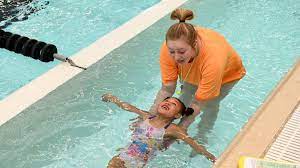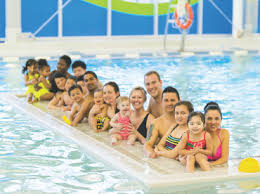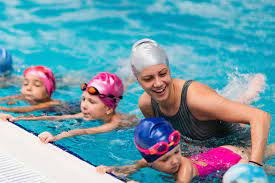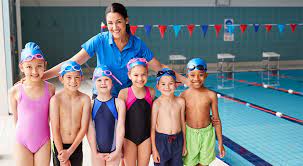How can I be a good learn to swim teacher?
Every week across Australia, thousands of children step into a pool for the very first time. Some are excited. Others are unsure. But all of them rely on one person to make their experience safe, enjoyable, and effective: their swim teacher. Being a great learn-to-swim instructor takes more than knowing how to swim. It’s about










